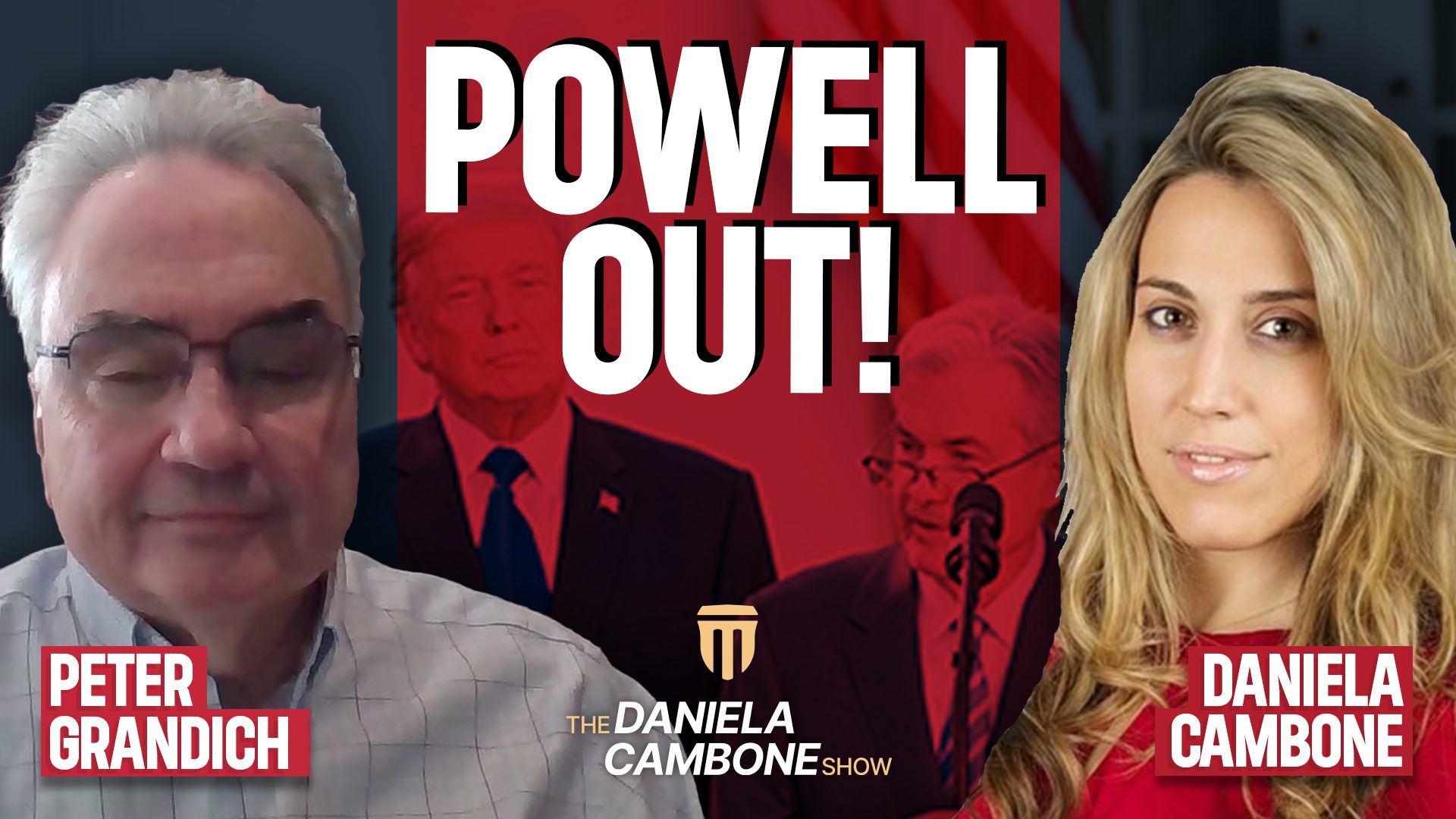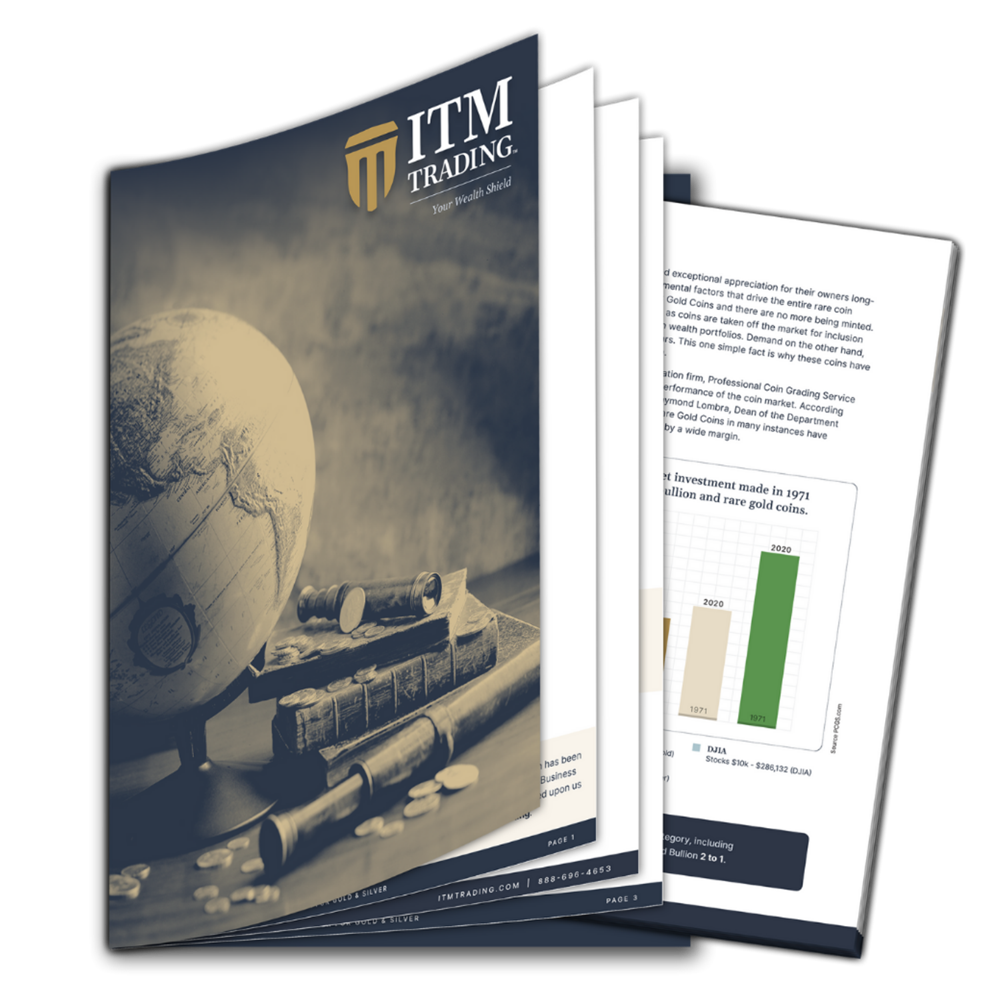Why Is Gold the Fundamental Basis for the World’s Monetary Systems?

It is often said that Gold is the ultimate form of real money. That was certainly true historically but it is also true today, though many people have forgotten this, or simply do not realize it.
Gold has been used as money going back as far as 5,000 years. It has always been treasured and held in esteem due to its luster and scarcity.
Indeed, gold was THE most common medium of exchange between nations for centuries. When it comes to buying gold coins today, investors can literally create their own gold standard by realizing that gold is in fact the foundation of the world monetary system.
Back in 1795, when the President of the United States of America, George Washington, authorized the minting of gold coins by the United States Mint in Philadelphia, Pennsylvania, gold coins’ face value were the equivalent of their intrinsic value.
For example, the $10 Eagle gold piece was the primary denomination from the commencement of U.S. coinage in 1795. Its face value was $10 and its actual weight and content also added up to $10 as well.
To make it more convenient for individuals and banks to trade in gold, the federal government also created other smaller denominations, namely the $2.50 Quarter Eagle and the $5.00 Eagle.
Not only were these gold coins used for daily commerce between individuals within the United States, but they were also used in international trade between the United States of America and foreign nations.
This was only possible because of the fact that gold was the universal medium of exchange, trusted by everyone. The fact that these gold coins had been minted by the United States federal government was of much less interest to international traders than was the fact that they contained gold—that thing of value that everyone trusted, simply because it did not depend on anyone’s promises.
This system worked well for literally centuries. Gold continued to be more trusted when paper money took its place alongside gold. For instance, during the Civil War, gold coins actually traded at a premium compared to paper “greenbacks” because of the fact that both individual citizens and international traders trusted gold much more than they trusted paper money. At the time, the very future of the United States of America was in doubt, but no one had any reason to doubt the value of gold. After all, gold had been around for 5,000 years.
Throughout the 19th and early 20th centuries, international trading partners continued to insist on gold coins in balance of trade payments. They particularly preferred the $20 Double Eagle denomination, which had been introduced on the heels of the discovery of gold in California in 1848. These heavy gold coins represented as much as two weeks’ wages for the average American in those days, so they were not used so much in daily commerce inside our borders, but they were considered ideal for international trade due to their heavy gold content—nearly a full ounce of gold.
This inherent trust of gold continued into the years of the Great War (World War I). In fact, gold was so important to the stability of the country and the monetary system that the federal government temporarily halted the minting of gold coins for circulation so that the Treasury could keep the gold in America and in reserve.
The trust put in gold after the stock market crash of 1929 and the ensuing Great Depression underscored the importance of gold to the monetary system at the same time that it forever transformed the role of gold in that system.
In the wake of the stock market crash, and as the economy suffered from the impact of the depression, international trading partners began to insist on being paid exclusively in gold, again because they simply did not trust paper currency. This resulted in a drain on U.S. official gold reserves and also prompted individual U.S. citizens to hoard gold as well.
An alarmed President Franklin Delano Roosevelt responded by ramming legislation through the Congress which suspended the minting of U.S. gold coins and ordered that all U.S. citizens turn over their gold to the Treasury.
Times were tough and the government wanted the gold to itself because it knew that it could depend on the value of gold. It remained illegal for U.S. citizens to own gold from the gold confiscation of 1933 all the way until 1974, when the order was rescinded. It should be pointed out, however, that the gold confiscation laws are still on the books and the president of the United States retains the power and authority to this day to confiscate all privately owned gold.
Fortunately, there are steps that you can take to protect your wealth with gold, which also provide protection against gold confiscation. Specifically, rare gold coins fall outside the provisions of the federal gold confiscation statutes.
Today, you can create your own “gold standard” by acquiring and holding coins of rare gold.














